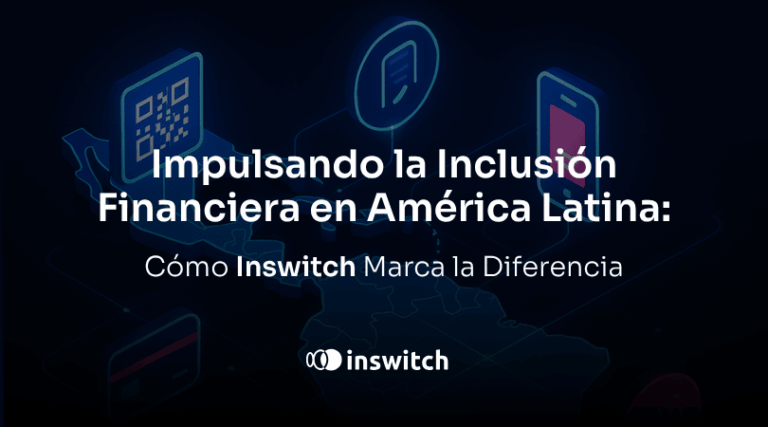
The Implementation of Technology in Costa Rica’s Education System: Progress and Challenges
Introduction:
Technology has transformed every aspect of our lives, and education is no exception. In Costa Rica, the implementation of technology in the education system has opened new doors for students and teachers alike. This article explores the advancements made in integrating technology into classrooms and the challenges that come along with it. From interactive digital learning platforms to cloud-based collaboration tools, Costa Rica is embracing the potential of technology to enhance education.
Advancements in Technology Integration:
Over the years, Costa Rica has made significant progress in integrating technology into its education system. One major advancement has been the widespread adoption of interactive digital learning platforms. These platforms offer a wide range of educational resources, including videos, interactive exercises, and simulations. Students can access these resources from anywhere, at any time, making learning more flexible and personalized.
Furthermore, the use of educational apps has become increasingly popular in Costa Rican classrooms. These apps provide a unique and engaging way for students to learn various subjects, from mathematics to languages. Through interactive games and quizzes, students can reinforce their understanding of concepts while having fun at the same time.
Another noteworthy advancement is the introduction of cloud-based collaboration tools. These tools allow students to collaborate on group projects and share documents seamlessly. With features like real-time editing and commenting, students can work together efficiently, even if they are not physically present in the same location. This fosters teamwork and enhances communication skills, which are vital in today’s interconnected world.
Challenges in Implementing Technology:
While Costa Rica has made strides in implementing technology in education, there are several challenges that need to be addressed. One major challenge is the lack of access to technology in rural areas. While urban schools are well-equipped with computers and high-speed internet, many rural schools still lack these resources. This digital divide hinders equal opportunities for education and limits the potential of technology to reach all students.
Another challenge is the need for adequate training for teachers. Integrating technology effectively requires proper training and support for teachers. Many educators in Costa Rica may not have the necessary skills or knowledge to fully utilize technology in their classrooms. Providing ongoing professional development opportunities can help bridge this gap and ensure that teachers feel confident and capable in integrating technology into their teaching methods.
Furthermore, the cost associated with implementing and maintaining technology infrastructure can be a challenge for many schools. Investing in computers, software licenses, and reliable internet connections can be costly, especially for schools with limited budgets. Finding sustainable funding solutions is crucial to ensure that all schools have access to the necessary technology resources.
Frequently Asked Questions:
1. How is the government supporting the implementation of technology in education?
The Costa Rican government has taken several initiatives to support the implementation of technology in education. They have provided funding for schools to acquire technology resources, offered training programs for teachers, and encouraged partnerships with technology companies to enhance technological infrastructure in schools.
2. How are students benefiting from the integration of technology?
Students are benefiting from the integration of technology in various ways. They have access to a wide range of educational resources, can learn at their own pace, and develop essential digital skills that are highly sought after in the job market.
3. What measures are being taken to bridge the digital divide in rural areas?
Efforts are being made to bridge the digital divide in rural areas. The government is working on expanding internet connectivity to remote regions and providing schools with computers and other necessary technology resources. Non-profit organizations and private companies are also playing a role in providing technology access to rural schools.
4. What support is available for teachers to enhance their technology skills?
Various training programs and workshops are available for teachers to enhance their technology skills. The Ministry of Education collaborates with universities and educational institutions to offer professional development programs focused on integrating technology into teaching practices.
5. Are there any concerns about excessive screen time for students?
While the integration of technology has its benefits, concerns about excessive screen time for students have been raised. Schools are encouraged to strike a balance by incorporating a mix of digital and non-digital activities to promote holistic development.
Conclusion:
The integration of technology in Costa Rica’s education system has brought about numerous advancements and opportunities for students and teachers. From interactive learning platforms to cloud-based collaboration tools, technology has the potential to transform education and prepare students for the digital future. However, addressing challenges such as the digital divide and teacher training is crucial to ensure that all students have equal access to quality technological resources. By embracing technology and overcoming these challenges, Costa Rica can pave the way for a more innovative and inclusive education system.


















